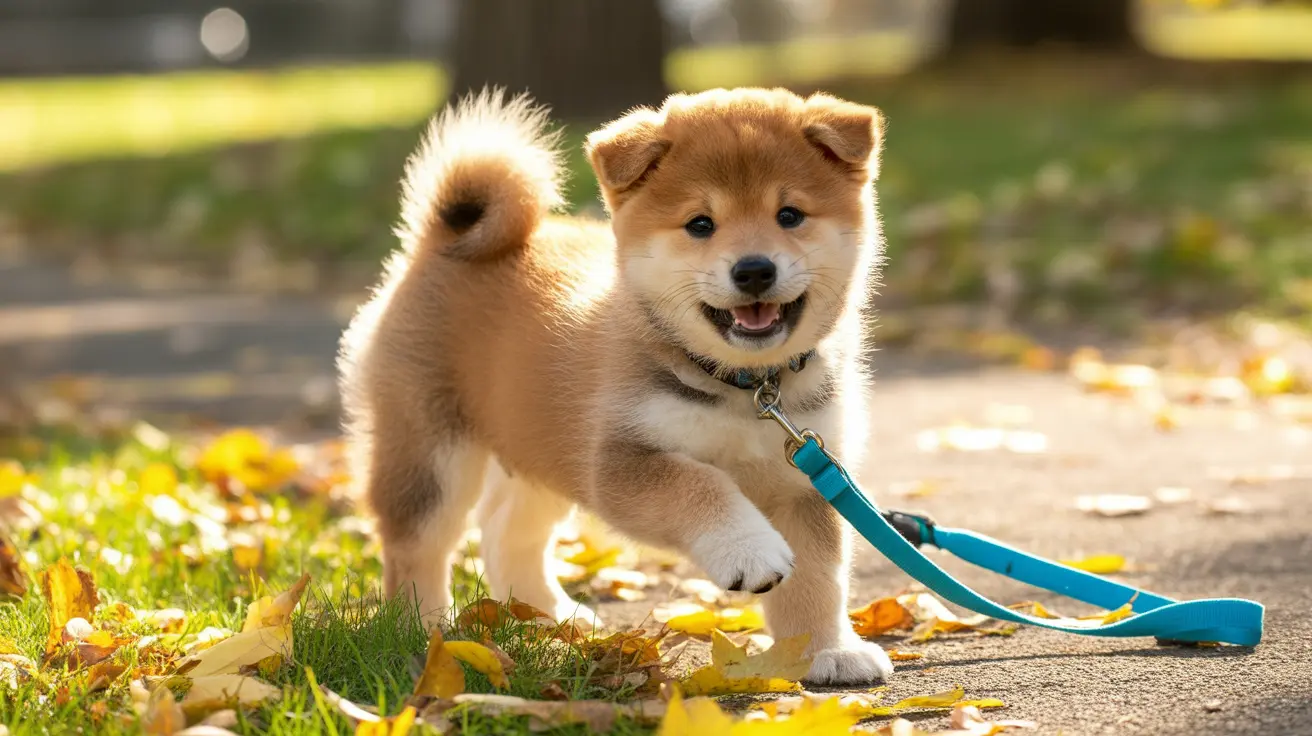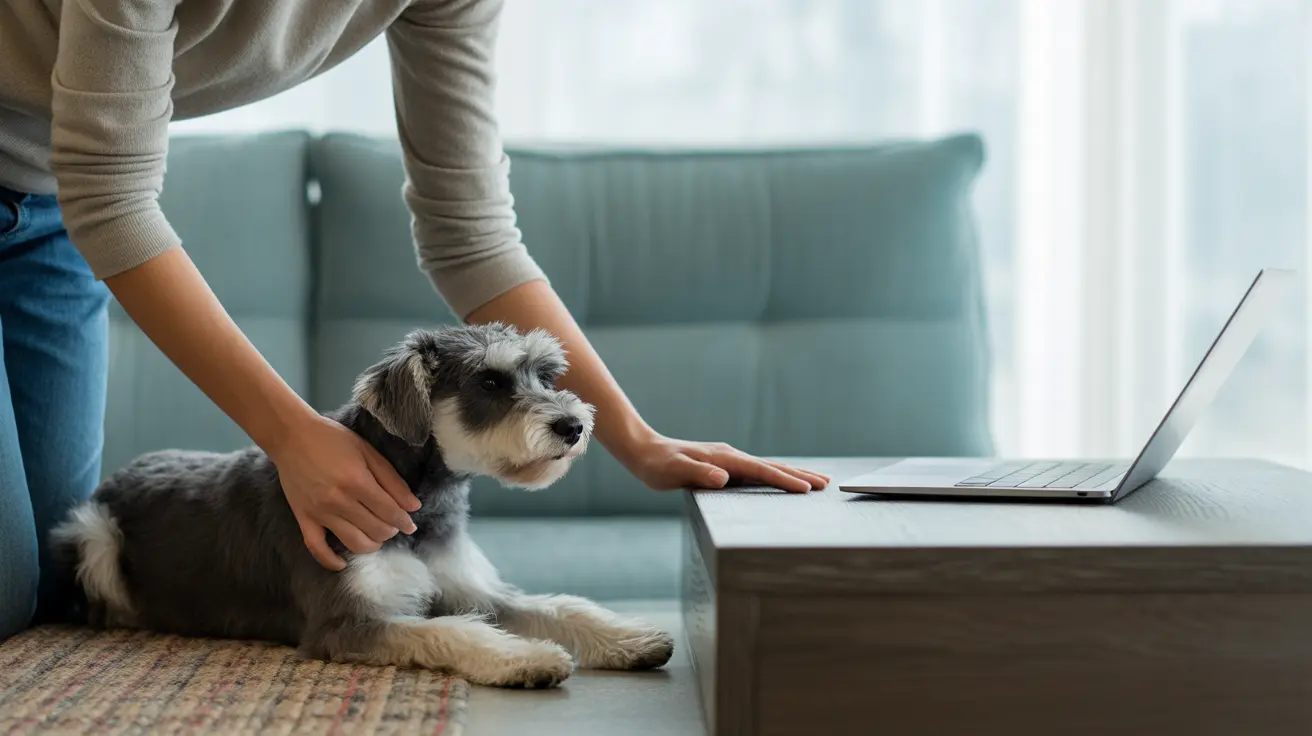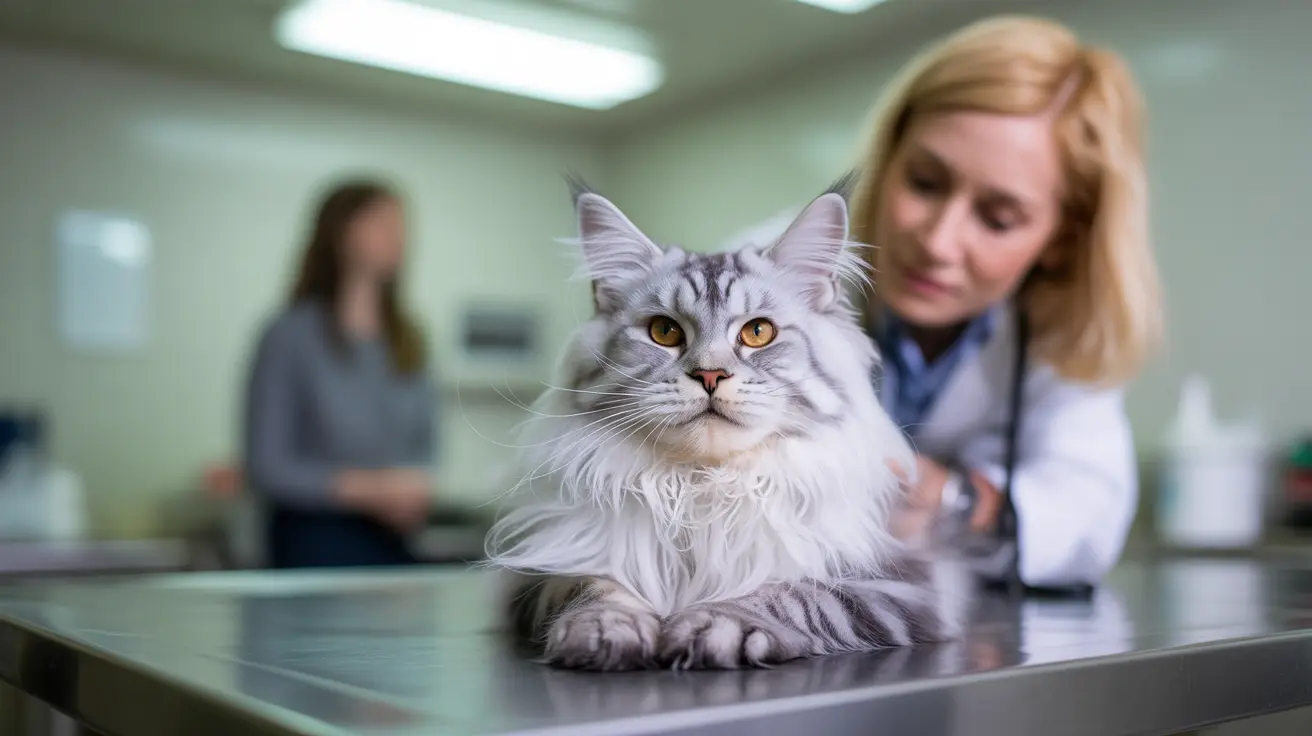Essential Puppy Starter Gear Collars and Leashes: Complete Guide for New Dog Owners
Bringing home a new puppy is one of life's most exciting experiences, but it requires careful preparation to ensure your furry friend's safety and comfort. Among the most crucial items in your puppy starter gear arsenal are properly fitted collars and appropriate leashes. These essential tools not only keep your puppy secure but also lay the foundation for successful training and lifelong good habits. Getting the right equipment from day one can make the difference between a smooth transition and unnecessary stress for both you and your new companion.
Choosing the right puppy starter gear collars and leashes involves more than just picking the cutest option at the pet store. Your puppy's age, size, breed characteristics, and training needs all play important roles in determining which equipment will work best. This comprehensive guide will walk you through everything you need to know about selecting, fitting, and using collars and leashes for your puppy, ensuring you make informed decisions that prioritize both safety and comfort during this critical developmental period.
Understanding Puppy-Specific Collar Requirements
Puppies have unique needs that differ significantly from adult dogs, particularly when it comes to collar selection. A proper puppy collar should be lightweight and adjustable, typically made from soft nylon material that won't cause discomfort or irritation to your puppy's delicate neck area. The adjustability factor is crucial since puppies grow rapidly during their first few months, and you'll need equipment that can accommodate this growth without requiring constant replacements.
The collar must securely hold your puppy without causing discomfort or restricting breathing. Most starter collars are designed to fit puppies until they reach 4-5 months of age, after which you'll need to transition to larger sizes. When selecting a collar, ensure it's wide enough to distribute pressure evenly but not so wide that it becomes cumbersome for your small puppy to wear comfortably.
Proper Collar Fitting and Safety Measures
Achieving the perfect fit is essential for your puppy's safety and comfort. A properly fitted collar should allow you to slip two fingers underneath when fastened, providing enough space for comfort while preventing escape. If the collar is too loose, your puppy might slip out of it, creating a dangerous situation during walks or outdoor activities. Conversely, a collar that's too tight can cause discomfort, restrict breathing, or lead to skin irritation and hair loss.
Regular fit checks are necessary as puppies grow quickly. What fits perfectly one week may become too tight the next, so make collar adjustment part of your weekly puppy care routine. Always ensure the collar sits properly around the neck, not hanging loosely or riding up toward the head where it could slip off more easily.
Choosing the Right Leash for Puppy Training Success
The ideal puppy leash should be approximately 2 meters in length and lightweight to avoid overburdening your young dog. This length provides sufficient freedom for exploration while maintaining control during training sessions and walks. Training leashes are particularly beneficial for teaching heel commands and preventing excessive tugging behavior that can develop into problematic habits if not addressed early.
Standard leashes around 2 meters long prove more effective for training compared to flexible retractable leashes. While retractable leashes offer more freedom of movement, they can actually hinder training progress by providing inconsistent tension and making it difficult to maintain proper leash manners. For puppies just learning to walk on leash, consistent length and tension help establish clear boundaries and expectations.
Different Leash Types and Their Applications
Training leashes specifically designed for puppies offer excellent control while teaching proper walking etiquette. These leashes typically feature comfortable grips and appropriate weight distribution that won't strain your hands during extended training sessions. The material should be durable enough to withstand puppy teeth, as many young dogs go through a phase of leash chewing.
Longer training leashes allow more freedom while keeping your puppy safe, but should never be used when leaving your dog unsupervised. These extended leashes work well for recall training in secure areas and giving puppies more room to explore while still maintaining control. However, always prioritize safety and ensure the area is completely secure before using longer leashes.
Harnesses: An Alternative to Traditional Collars
Many puppy experts recommend harnesses over traditional collars, especially for young dogs learning to walk on leash. Harnesses help prevent tugging on the neck area and make it easier to control your puppy during walks without causing discomfort or potential injury. This is particularly important for puppies who tend to pull or lunge during their initial leash training experiences.
Puppy training harnesses offer superior comfort and control compared to neck collars alone. They distribute pressure across the chest rather than concentrating it on the delicate neck area, reducing the risk of tracheal damage or injury. Some harnesses feature reflective strips that improve visibility during low-light conditions, adding an extra layer of safety during early morning or evening walks.
Material Considerations for Durability and Comfort
Nylon remains the most popular choice for puppy collars due to its lightweight nature, durability, and easy maintenance. Nylon collars are also typically more affordable than leather alternatives, which is practical given that puppies will outgrow their starter equipment relatively quickly. The material should be soft enough to prevent chafing while strong enough to withstand normal wear and daily use.
Leashes tend to wear out faster than collars, particularly if your puppy goes through a chewing phase. Having spare leashes on hand is recommended, especially during the teething period when puppies may be more inclined to chew on their walking equipment. Look for leashes with reinforced stitching and quality hardware that won't break under normal use conditions.
Essential Safety Features and ID Requirements
Every collar should include proper identification tags containing your contact information and your puppy's name. This basic safety measure is crucial should your puppy ever become separated from you. ID tags should be securely attached to prevent loss and updated immediately if your contact information changes.
Some modern collars feature built-in ID information or QR codes that can be scanned to access owner contact details. These technological solutions can serve as backup identification methods, though traditional metal tags remain the most reliable and universally recognizable form of pet identification.
Transitioning from Puppy to Adult Equipment
Planning for growth is essential when selecting puppy starter gear. Most puppies will need equipment upgrades around 4-5 months of age, though this timeline can vary based on breed size and individual growth rates. Large breed puppies may require multiple size transitions during their first year, while smaller breeds might use their starter equipment for longer periods.
Watch for signs that your puppy is outgrowing their current equipment, such as difficulty fitting two fingers under the collar, visible marks or indentations on the neck, or behavioral changes that might indicate discomfort. Transitioning to adult-sized equipment should be done gradually, ensuring the new gear fits properly and doesn't cause stress or confusion for your puppy.
Special Considerations for Different Breeds
Certain breeds may require specialized collar and leash considerations due to their unique physical characteristics or predispositions. Brachycephalic breeds (those with flat faces) often benefit from harnesses rather than traditional collars to avoid putting pressure on their already compromised airways. Similarly, breeds prone to tracheal collapse should avoid equipment that places pressure on the neck area.
Small breed puppies may require especially lightweight equipment to prevent strain, while larger breed puppies might need sturdier construction to handle their strength even at a young age. Consider your puppy's adult size when selecting equipment, as some items may be suitable for the puppy stage but inadequate as the dog matures.
Building Your Complete Puppy Starter Kit
Beyond collars and leashes, a comprehensive puppy starter kit should include complementary items that support your new dog's health, safety, and development. Essential supplies include comfortable bedding with washable covers, appropriate food and water bowls, training pads, chew toys suitable for teething puppies, and basic grooming tools.
Additional items that enhance your puppy's safety and your peace of mind include poop bags for walks, pet-safe cleaning supplies for accidents, and a secure playpen for supervised containment. These items work together with your collar and leash selection to create a complete foundation for successful puppy ownership.
Training Integration with Proper Equipment
The right collar and leash setup supports effective training from day one. Consistent equipment helps your puppy understand expectations and builds positive associations with walking and outdoor activities. Training treats carried in a convenient pouch, combined with proper leash handling techniques, create optimal conditions for teaching basic commands and leash manners.
Reward-based training methods work best when supported by appropriate equipment that doesn't cause discomfort or distraction. Your puppy should associate their collar and leash with positive experiences like walks, playtime, and treats, rather than discomfort or restriction. This positive foundation sets the stage for lifelong cooperation and enjoyment during outdoor activities.
Frequently Asked Questions
- How tight should a puppy collar be? A properly fitted puppy collar should allow you to slip two fingers underneath when fastened. This provides adequate security while ensuring comfort and preventing breathing restriction or skin irritation.
- When should I transition from puppy to adult collar and leash? Most puppies need equipment upgrades around 4-5 months of age, though this varies by breed and individual growth rate. Watch for signs like difficulty fitting two fingers under the collar or visible marks on the neck.
- Are harnesses better than collars for puppies? Harnesses are often recommended for puppies as they prevent neck strain and provide better control during leash training. They distribute pressure across the chest rather than concentrating it on the delicate neck area.
- What length leash is best for puppy training? A leash around 2 meters in length is ideal for puppy training. This length provides adequate freedom while maintaining control and is more effective for training than retractable leashes.
- How often should I check my puppy's collar fit? Check your puppy's collar fit weekly, as puppies grow rapidly during their first few months. Regular checks ensure the collar remains properly fitted and comfortable as your puppy develops.
- What material is best for puppy collars and leashes? Lightweight, adjustable nylon is typically the best choice for puppy collars due to its comfort, durability, and easy maintenance. The material should be soft enough to prevent chafing while being strong enough for daily use.
- Should I have backup leashes for my puppy? Yes, having spare leashes is recommended since they tend to wear out faster than collars, especially if your puppy chews on them during the teething phase. This ensures you're never without proper walking equipment.
Conclusion
Selecting the right puppy starter gear collars and leashes forms the foundation of successful dog ownership and training. By prioritizing lightweight, adjustable equipment that grows with your puppy and supports positive training experiences, you're investing in your pet's long-term safety and well-being. Remember that proper fit, quality materials, and appropriate sizing are more important than aesthetic appeal when it comes to these essential items.
Take time to research and select equipment that matches your puppy's specific needs, breed characteristics, and your training goals. With the right collar and leash combination, combined with patience and consistent training methods, you'll help your puppy develop into a well-mannered, confident adult dog who enjoys walks and outdoor adventures. The effort you put into choosing appropriate starter gear will pay dividends throughout your dog's life, creating positive associations with equipment and outdoor activities that last for years to come.






